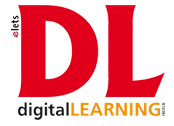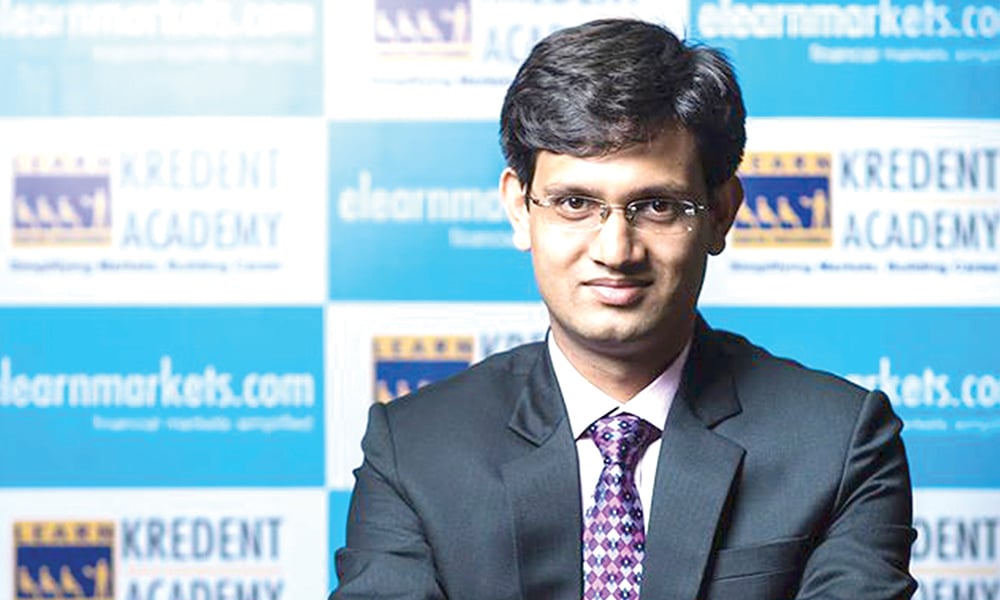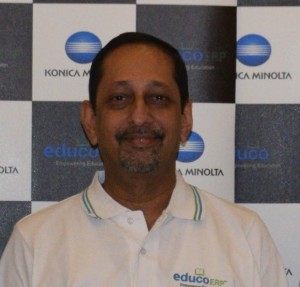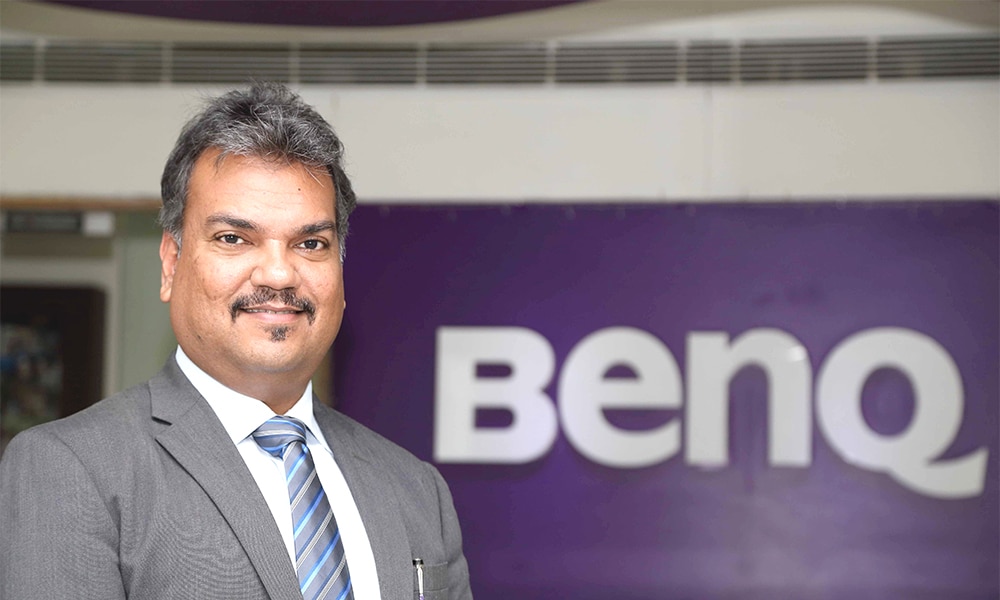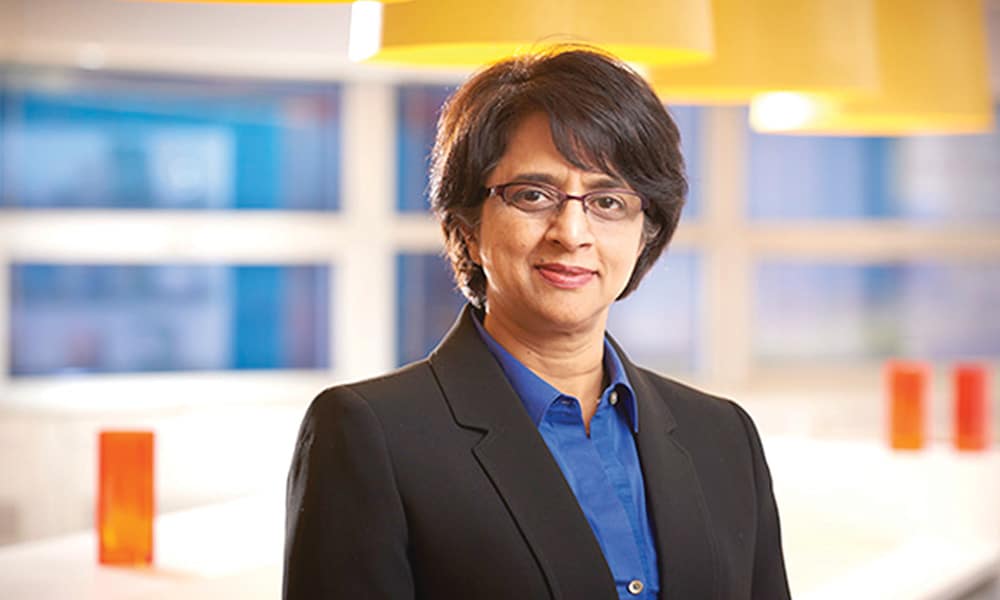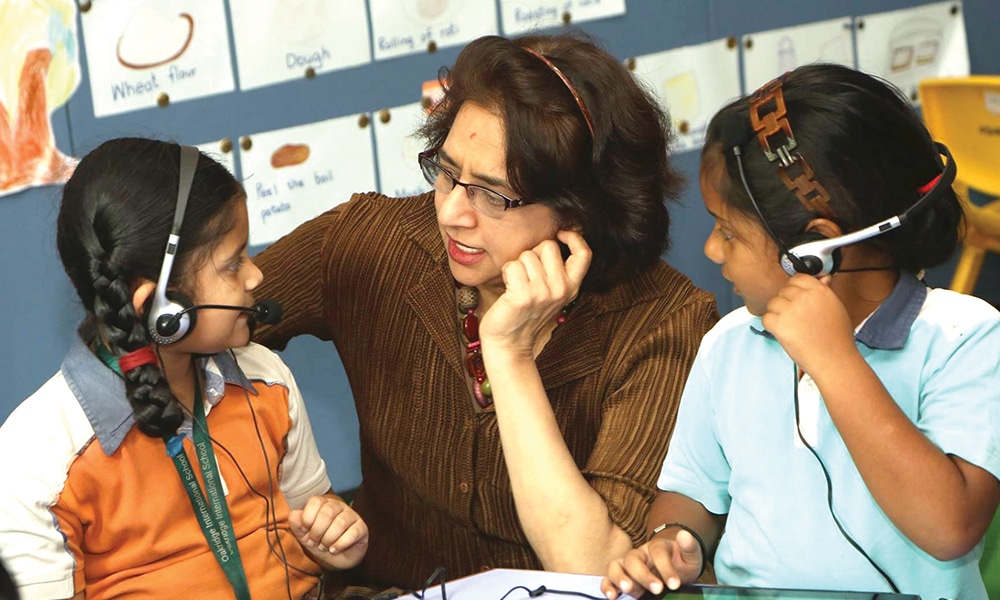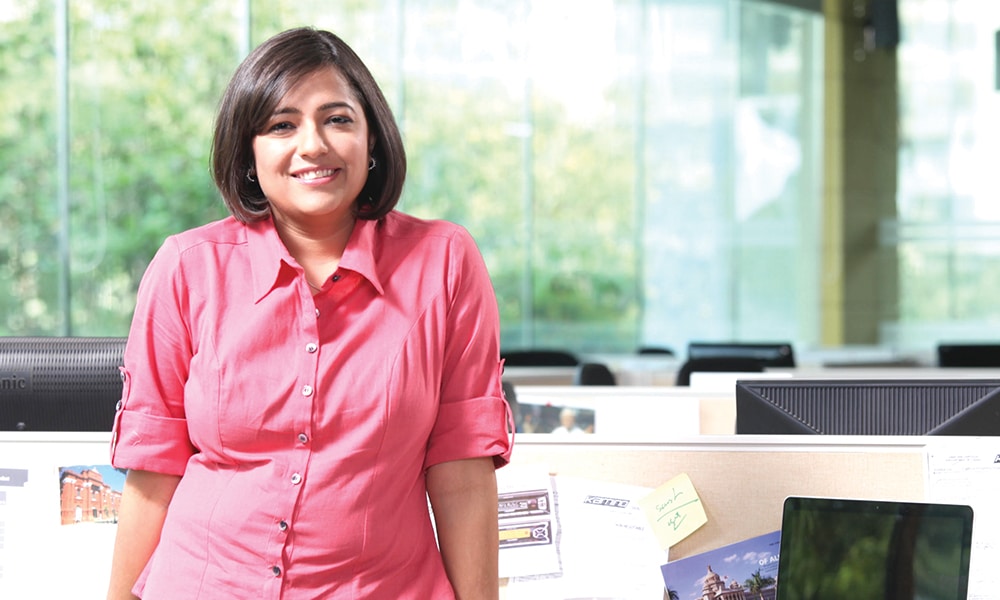IMS Noida, a 18-year-old premier institute, is known for its academic excellence in value-based education. Dr KJS Anand, Executive Director, IMS Noida, in an interaction with Elets News Network (ENN ) talks about the education scenario in India, importance of teacher’s training, IMS’ methodology for making students future ready and much more
How do you see the education scenario in India as com – pared to other countries?
The present day education system in India has come a long way and the age old traditions have undergone a makeover to produce an ecosystem that is evolving every single day. However, the Indian pattern of education system still has few challenges as compared to other countries that needs to be addressed. Cur – rently, Indian education system across the board strictly follows the culture of classroom teaching. Once considered as an ideal mode, this teaching method has lost its essence at the hands of the need for more practical exposure, to match pace with the industry. Comparatively, other countries have embarked upon the path of out-of-class teaching, where the faculty/teachers engage with students on matters beyond the classroom and encour – age their participation into career shaping activities like industry debate & conclave, skill development and incubation, and real-life problem solving.
In addition, the students in India are still evaluated on param – eters of written examinations compared to the West where the axis of grading and marking is shifted to classroom participation, project work, communication, leadership skills and extracurricular performance. The Indian education system needs to introduce combination courses in which students can opt for a major and a minor subject or set straight into diplomas and certificate courses, in case the conventional format doesn’t fit him/her and get equal mileage in career later.
What is the IMS approach of ‘Delivering Next’ all about?
No amount of theory will substitute skill tuning and training. And this is what the industry seeks from the new age professionals.
Through extensive research and industry interaction, IMS Noida has identified the hygiene as well as the High Impact (Next) skill sets for each area of specialisation to proactively sense the challenges and generate the quickest possible solutions. With a radical, cuttingedge curriculum, infrastructure, teaching methodology and industry interface, IMS is focused on creating students ready for delivering the ‘Next’.
A part of our core ‘Next’ initiative, is about tuning education to stay ahead of industry needs. The IMS Course offerings have been divided into Industry Agnostic and Specific Courses. While industry-specific courses are seen more frequently as they deal with an industry domain and specialises the student in areas like BFSI, Luxury Retailing & International Business, there is a need for courses that can apply across all industries in today’s context like Data Science, Digital marketing, e-Commerce, Business Economics, Media & Communication and Entrepreneurship which are Industry Agnostic programmes and would be in high demand in the coming years. These courses are highly adaptable to varied industry requirements and have longer shelf life in terms of career mileage.
IMS Noida believes in innovating continuously and promoting practical knowledge over the theoretical. The Institute focuses on developing innovative skills like technologybased decision making skills, critical thinking ability, problemsolving skills, etc, among the students, to help them get better position in the industry with maximum industry exposure
What methodology you follow to make your students future-ready as well as industry-ready?
IMS Noida primarily focuses on training students to groom them to be both efficient and effective. With a pedigree of well-trained faculty that includes scholars and industry stalwarts, IMS Noida offers a lot more. Apart from seminars and workshops executed on different relevant and current subjects, the students are encouraged to participate on social issues through awareness camps. The institution provides practical knowledge to students through comprehensive industrial visits and successful internship programmes with reputed corporate houses in the process of skill enhancement and industry exposure.
To make sure that the educational standards are at par with any top management institution, IMS Noida believes in innovating continuously and promoting practical knowledge over the theoretical. The Institute focuses on developing innovative skills like technology-based decision making skills, critical thinking ability, problem-solving skills, etc, among the students, to help them get better position in the industry with maximum industry exposure.
Please share the two best practices followed at IMS to manage students in digital age.
IMS Noida, fosters technology-led information exchange through its potent and functioning ERP in practice. It supports by helping IMS build, manage and extend its digital campus. It enables individuals, systems and communities to interact seamlessly across campus in an environment where efficiency, service delivery, and personalised educational experiences propel desired outcomes. Students get the services that they want, faculty facilitate teaching and learning in the classroom or online, and departmental staff have the information and support to be more effective.
In addition, IMS Noida uses a crossplatform mobile messaging app (WhatsApp Messenger) which allows us to exchange messages/information across departments connecting micro to macro. Google Drive, a file storage and synchronisation service, is also widely used by students and faculties to store files in the cloud, share and edit documents, spreadsheets, and presentations with collaborators.
Another noteworthy initiative by IMS Noida is the embodiment of various Centres of Excellence like digital learning and e-commerce, in creating Techprenuers or technology-based entrepreneurial activities, where technology is imbibed not as an afterthought but as an integral part of strategic decision making process.
According to you how important is teacher training in nurturing the future leaders?
The new age technology in education can provide students with individualised learning platforms and instant feedback and assessment. It also allows teachers to more easily identify and address particular student needs. However, for the technological benefits to achieve its maximum potential, it must be harnessed and implemented properly. This requires that the facilitator and teacher possesses a certain set of knowledge and skills to understand how and when various tools and study materials best support the curricula.
Teaching in a professional school demands high level of intellectual quotient among their instructors and ability to remain in sync with the changing environment around them. Hence, as a part of self evolution process, IMS Noida practices frequent Faculty Development Programmes, which are aimed to chisel the existing skill sets, enhance pedagogy, execution and ramification of knowledge areas, resulting in an excellent engagement model with the students.
Finally, what are your professional achievements and what priorities have you set for the future?
IMS Noida has attained numerous prestigious rankings in both undergraduate and postgraduate categories in recognition to the quality education it has been imparting over the years. IMS Noida holds notable ranks by India Today, The Week, Outlook, Career 360 and Competition Success, to name a few.
IMS has worked hard in terms of its methodologies in teaching and have been consistently producing university toppers and excellent placement records with reputed international placements.
As a part of IMS Noida’s futuristic planning, it is extensively working on value-based Management Development Programme (MDP) and other short-term certificate courses.
